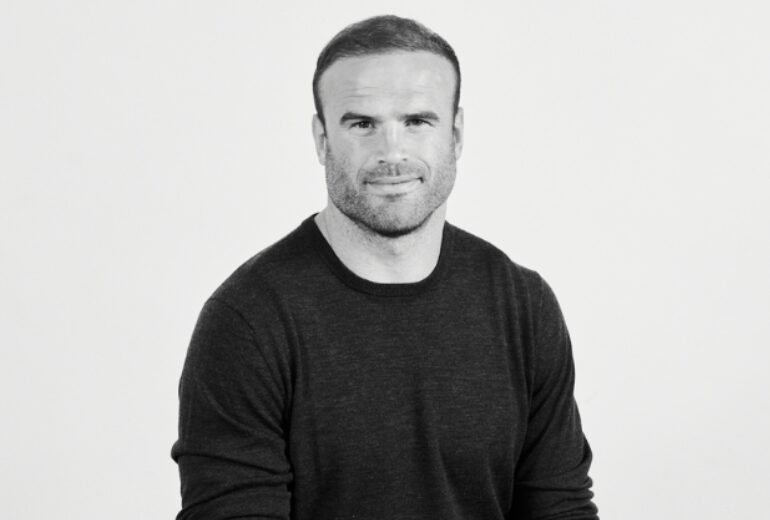In our third episode chatting to Phill Robinson, founder of Boardwave, the European network for the software industry, we discuss what has he learned about launching overseas and the pitfalls other CEOs can avoid.
Listen to Episode 5.3:
Available on Apple Podcasts:
`
Transcript:
Fiona: In this third episode, chatting to Phill Robinson, a tech leader who's worked in a number of international software businesses, and who helped to launch Salesforce in Europe. I ask what has he learned about launching overseas, and what war wounds can other CEOs learn from.
Phill: We built an organisation market by market. So we'd go to the UK, then we'd go to France, then we'd one by one go to Germany, and Italy, and Spain. And what we learned was the first, and all the people that you hire at the beginning of the journey aren't necessarily the people that are the right people for the middle of the journey and the end of the journey. And so, unfortunately, we made a few errors in terms of hiring the right people at the right time, so I think be very clear about the skill sets you need in each of the markets that you're in, to make sure that they're right for the situation.
So you might be quite a mature business in the UK, but you're still a fledgling, you know, start up in France maybe, which is different to the situation in Italy or Germany. And so in each one of those, you've got a different situation, you need to hire the right people for the right situation. And that's not always easy, because certainly, if you're in California, you're seeing a different environment altogether, and you might see the business through one lens, and actually, you should look at it through a different lens, because in France it's a tiny start up with five employees. So that was tricky for us, but eventually overcame that.
I think, actually, we talk about European software a lot, and why we haven't been as successful as maybe the Americans have in the last generation, of building big global leaders, and we've always talked about…well, a few things. One is founder risk profile is one issue. In Europe, we'll admit, we've got a lower appetite for risk. Or that's the theory, anyway. The other one is that they've got one big market. So you build a software product that works in New York, it'll work in Miami, it'll work in LA, it'll work in Chicago. It's one market. And we have lots of small markets, so each one has friction, if you want to go from one market to another, and cost, and therefore, it slows you down. So in the U.S., you know, they could build a $100 million business in six or seven years, if they're doing a really good job. In Europe right now, it might take you 15 years. So it takes a lot longer, as a consequence of that.
That also creates issues with access to capital, because you are more consumptive of cash, and it's going to take you longer, and following on all that is more difficult, and the terms are more difficult, and less liquidity. So those are issues around European software, but actually, right now I think it's changing a lot. The attitude of the next generation of founders is changing, and they've have got a greater appetite for risk, I think.
But also, the way that the European market works, it's a $19 trillion market in terms of the GDP of Europe, and rather than accessing it through one market at a time, today, if you're a software company, you can do one product for the whole of Europe, the way the U.S. can for their own domestic market. So you've got cloud computing, which means rather than having to ship software to different countries, and install it on different customers, you can build one piece of code on one server, and deliver it virtually to any desktop, anywhere in the world, or anywhere in Europe. You've got immediate distribution channels through things like App Stores, and Play Stores from Google, that will get your product to the right people, in the right place, at the right time. You've got the ability to change your product really quickly for each market using AI. So, you know, you can take a software product, and almost at a click of a button, it will translate the software into French and German and Spanish and Italian, almost immediately. And it will also help you to localise it as well very quickly and easily.
And then, finally, you know, there's sort of the distribution channel. When we built up Salesforce back in the noughties, we had to have physical people in each country. Because anybody who was buying a software product, which was an enterprise software product, would expect you to visit them several times, do demos, do proof of concepts, build trust, and eventually, hopefully, they'll buy your software. Today, after the pandemic, the buyer doesn't expect you to come and see them, they're prepared to do business over Zoom. So actually, now you can actually centralise your effort. It has to be multilingual, but you can centralise most of your sales effort in one place.
So for the first time ever, you've got this single-market opportunity, which is a big market opportunity for you to the Pan-European, through the changes of technology in the last few years, in exactly the same way as the Americans have. So one product that works in London can work in Paris, Milan and Munich, just the way the one that was in the States could in each city in the U.S.
So there's a big shift, actually, in the platform, and I think we've got a real opportunity in Europe to build some great software companies in the next generation.
Fiona: So it sounds like, in terms of the difference between sort of scaling in Europe and scaling in the U.S., it's getting more similar. Is there anything that's still a difference? I mean, you mentioned sort of multiple languages, obviously, there, which is a challenge, but anything that actually is maybe even more of an opportunity in the European market, as you see it?
Phill: I think one of our disadvantages was there's this concentration of wealth, concentration of capital, concentration of skillset in Silicon Valley. But we've had, you know, distribution of that across maybe a hub in London for startups, or a hub in Berlin, or a hub in Paris, both of them being that they'll be in one central hub. That concentration is changing in Silicon Valley. So I don't know if you follow the stats, but do you know how much it costs to hire a five year out university software engineer in California right now, or in Silicon Valley?
Fiona: I don't.
Phill: $300,000.
Fiona: Oh, wow. Okay.
Phill: It's a lot of money. And that's the price being paid by the big mega companies, because there's a fight for talent, so they can afford it with trillion-dollar valuations, whether it's Google or Meta or Salesforce, or whoever. And of course, that makes it really difficult for a scrappy startup to get started and get going. So there's a sort of a fragmentation that's starting to happen, where some of these companies are beginning to move away, right? They're moving to sort of Texas, or they've moved to Miami, or they've moved to New York, or Denver, or wherever, so there are multiple hubs now that are popping up as people distribute themselves elsewhere because the cost of labour is so high.
As a consequence of that, you've got the similar dynamic in the U.S., where you've got multiple hubs, with less concentration of skill set and capital, and it starts to look a little bit like the European market. So the sort of disadvantage you might have had with this concentration of wealth and concentration of skill set is changing. So actually, I think we've got an advantage over them now in that we've actually got a generation of founders that have the appetites to build big companies, big global companies, within a single market that's huge, and not dissimilar in size to the U.S. economy. And we've got hubs in London and Paris and Berlin and Amsterdam, which are really capable of building great start ups and great scale-ups.
Fiona: Is there anything that a CEO can do in order to kind of stay innovative, and maintain that as you scale, do you think?
Phill: Just focus on the customer, and what the customer wants, and focus on the product. If you focus on nothing else, focus on those two things.
I've got a friend of mine called Leo, who used to be the CEO of SAP. He would say it needs to be not a vitamin, but a painkiller. So don't build products that are vitamins, build products that are painkillers, that actually solve a real problem in the business, or business pain, and you'll do well. And you do that by understanding what the business pain is of your customers, by talking to them regularly, and understanding the product you have today, and what it does for them, and what it needs to do in the future. So keying in on the customer, and making sure they're happy and well-supported, and listen to what they need, and making sure that the product's a painkiller not a vitamin, and if you do those two things well, I think you can build a great company.
Fiona: Phill Robinson's top advice for maintaining innovation there, a focus on customer and product, that seems to be a recurring theme for CEOs we speak to, but also making sure your product is a painkiller not a vitamin, so it solves real business pain.
In the next episode, we ask Phill about his experience working with the private equity industry, including what mistakes both CEOs and investors can avoid.
Podcast
11/04/2024
Fiona Moore
Read Time: Min
Building Successful Businesses podcast: Phill Robinson, Ep3
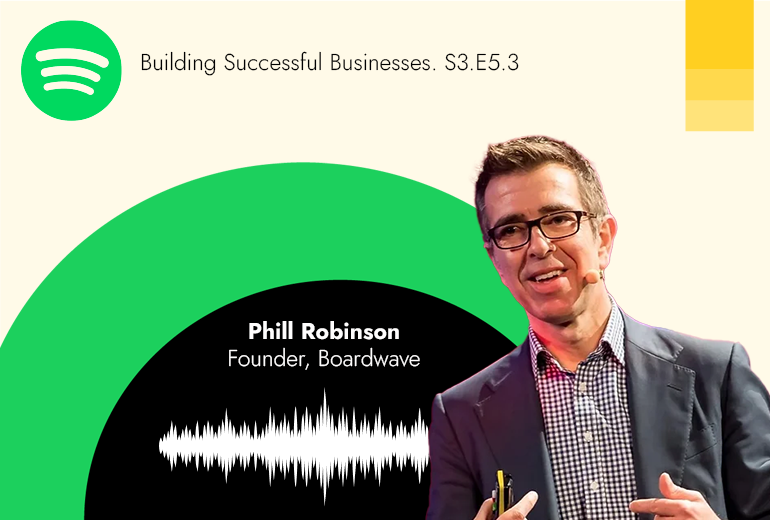
We're pleased to announce our investment in TAG, the market leading high-touch travel management company to the entertainment and corporate markets. The deal provides an exit for Apiary Capital who have supported TAG since 2018.
TAG was founded in 1988 and now employs c.450 people across the globe. As an award-winning travel and event management company, TAG has redefined the standards for travel in the entertainment industry with specialists providing bespoke, high-end service to some of the biggest names in music, film and TV production as well as top C-suite and corporate executives.
News
10/04/2024
Read Time: Min
ECI invests in travel management company, TAG

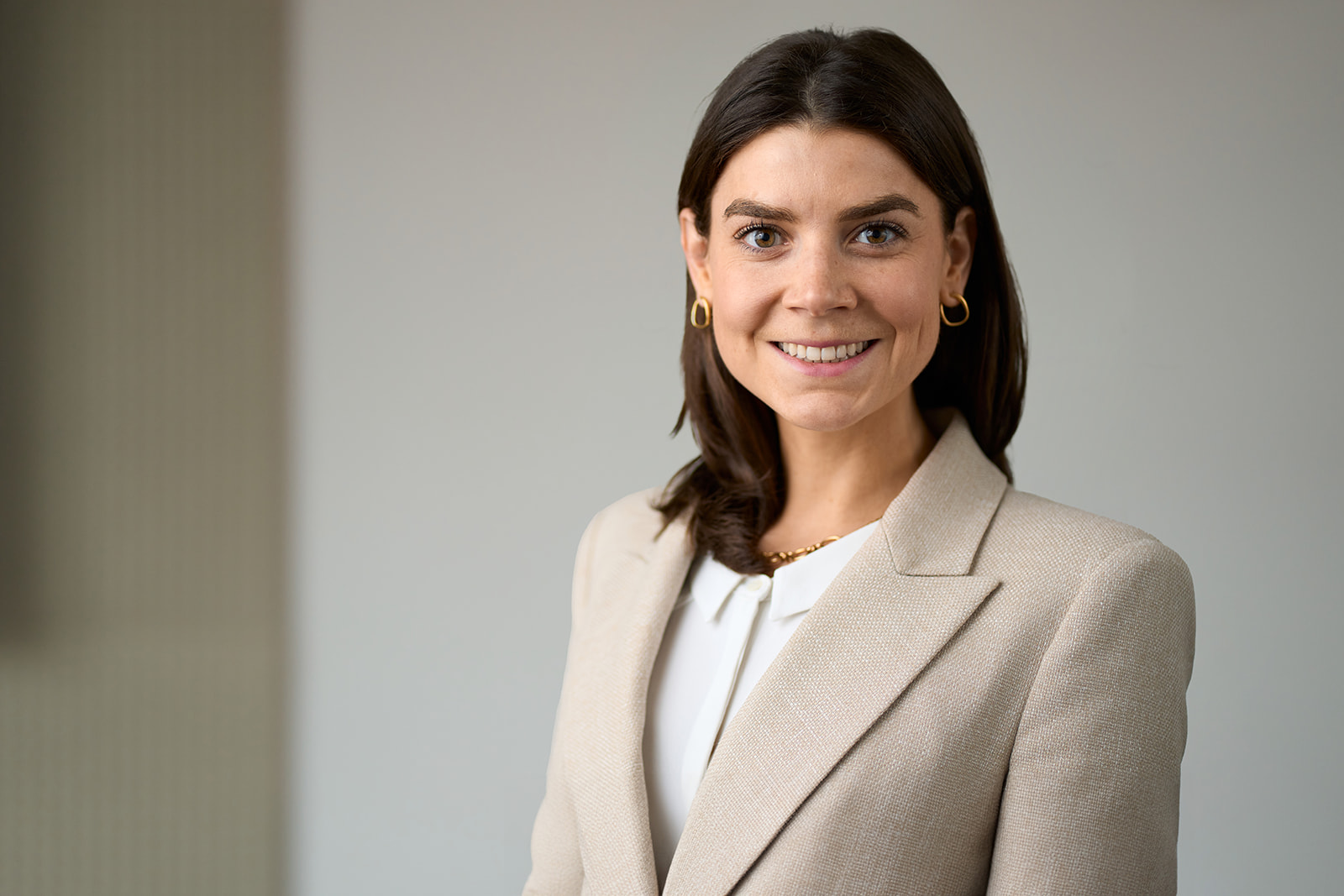
We chat with ECI Investment Manager Isabella Fox, about her role in the Investment Team, challenges in the market right now and the best concert she's ever been to!
Q: How would you describe your role in the ECI Investment Team?
My role as an investor at ECI is across the full investment cycle and falls into three core areas: deal sourcing, transaction execution and portfolio management.
Once we’ve researched and identified an investment opportunity, I’m heavily involved in the relationship building, analysis and due diligence that informs our investment decision. Once invested, I typically join the board to support management teams with the next stage of growth, working closely with our Commercial Team to help our portfolio reach their goals and deliver a successful exit.
The role requires a blend of analytical diligence (when I’m in the throes of a deal) and relationship building which is critical for both origination and portfolio management.
Q: How did your role in corporate finance at PwC help you at ECI?
There are many parallel dynamics from my time at PwC - it’s definitely been very helpful.
A key element is the technical aspect which covers a broad swathe from modelling to the fundamentals of a deal process, but also includes key accounting issues like revenue recognition and (real!) cash flow. It’s also given me a healthy dose of professional scepticism as having worked on both buy and sell sides, it provides me with a perspective on how the business narrative can be built up and marketed.
I also developed a broad network. I’ve got a great number of contacts from my time at PwC – both within the firm and the broader market.
Q: Which deals have you been working on recently?
I am still in my first year having started at ECI in May 2023, but have already worked on two fantastic deals; Commify, a business communication platform and ISMS.online, a cybersecurity and compliance software business. They’re both quite different in terms of size and market dynamics, so it has been great to have variety as I kick off my career at ECI.
I’ve joined the Board of Commify, and am still working closely with both management teams on the major initiatives that underpin their strategy and are driving growth.
Q: Are you seeing any consistent challenges in the market right now?
There are definitely some consistencies. Obviously there has been economic uncertainty recently with inflation raising challenges, not least in assessing underlying revenue growth in a business. Debt has clearly become much more expensive too which shines more of a light on the resilience of a business model and ultimately cash conversion for serviceability.
Human resources have become a more consistent challenge and a priority since Covid – particularly in tech. It hadn’t been an area that businesses had typically invested in but with the salary inflation and lack of candidate supply seen after the pandemic, it’s become much more of a focus and priority agenda item.
More recently, there haven’t been as many quality assets available. Where we do see great businesses, the market has become more competitive. But we’re finding that our focus on relationships, building early engagement and conviction, and then working with both our Origination and Commercial Team are giving us a clear advantage.
Q: How do you work with management teams?
It’s all about a partnership. The private equity cycle is relatively long, say four to five years, and you will inevitably have highs and lows in that period. You need to be able to work closely together and be on the same page about clear strategic aims. You need to build a robust relationship before investing and that needs to continue throughout the investment cycle.
You should never forget that management are in the business day in and day out so you’ll never know it better than they do, but the real value is more often in the strategic decisions about people and priorities. A good investor draws on the experience they've had across other situations and boards, and contributes to decisions that are going to have the biggest impact on the business’ long term success.
Q: You’ve been at ECI for nearly a year, is it what you imagined?
Very much so. I had experience of working for ECI as a buy-side advisor, so knew some of the team and was aware of their great reputation.
One unexpected feature has been working with the Commercial Team. I understood how they worked in theory, but actually seeing them in action pre and post deal has been really impressive. There's a genuine collaboration between all the ECI teams – it’s a low ego but high performing environment with genuine collaboration, rather than the siloed business model that is quite commonplace.
Quick Fire with Isabella:
What’s the best concert you've ever been to?
I saw The Rolling Stones in Hyde Park in 2013. They’re an iconic band and I'd grown up listening to their music, so it was brilliant to see them in the flesh, in the middle of London.
What’s your favourite city and why?
This is a tough one because I do love London, but thinking slightly further afield, Amsterdam is great. I spent part of my career there and loved the architecture, the art and how accessible it was by bike. There are also a vast number of places to eat and drink - there are fewer chains with independent outlets providing a much more varied experience.
How do you unwind?
Getting outside and going for a walk is the simplest but also most effective. I find it really important, when you're in the thick of it, to get out - I have never finished a walk feeling worse, which I occasionally have to remind myself of.
Best advice you've received?
Not advice given to me, but Estee Lauder said “I’ve never dreamed of success, I worked for it”. It is a helpful reminder that whatever your idea of success is, it won’t come without hard work and perhaps most importantly perseverance.
Which superpower would you choose?
Having the ability to teleport would be fantastic. I love travelling and being outside, so being able to click my fingers and be anywhere I want would be amazing.
Insights
05/04/2024
Read Time: Min
“Quick Fire” with Isabella Fox
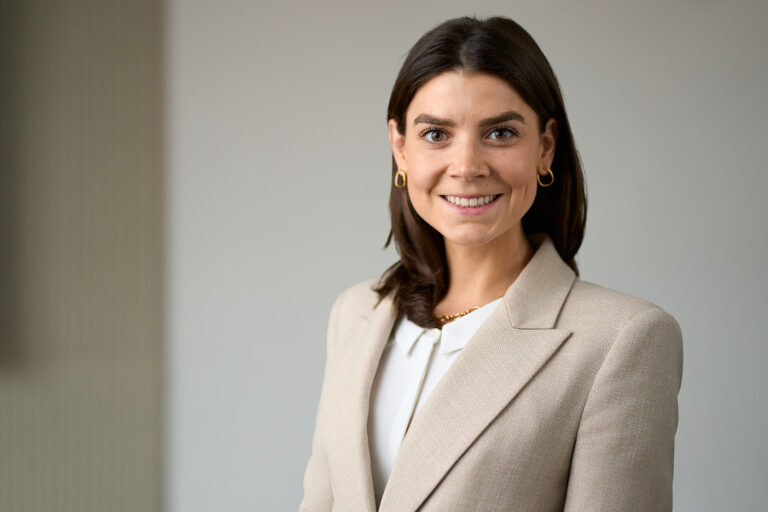
ECI partner, Suzanne Pike, recently spoke to Real Deals about how we leverage the use of AI technology in the deal origination process, and how we incorporate our proprietary AI tool, Amplifind, to streamline lead sourcing, deal prioritisation and assess potential bolt-ons for portfolio companies.
To be competitive, ECI’s Origination Team needed to identify leads and meet target company management teams earlier and earlier. This dynamic, coupled with the strong growth profile of the companies we invest in, means the universe of businesses that may be a potential fit for ECI has grown significantly as we have moved up in deal size. With so much data now available, it’s become impossible for humans to analyse it all.
Created in 2020, Amplifind was enhanced and the prioritisation tool was embedded into our core processes from 2021. In the article, Suzanne describes that at the heart of Amplifind sits machine learning that sources and prioritises leads. She explains how it started life as a lead-sourcing tool, but that its remit has grown to effectively become the backbone of ECI's origination research process.
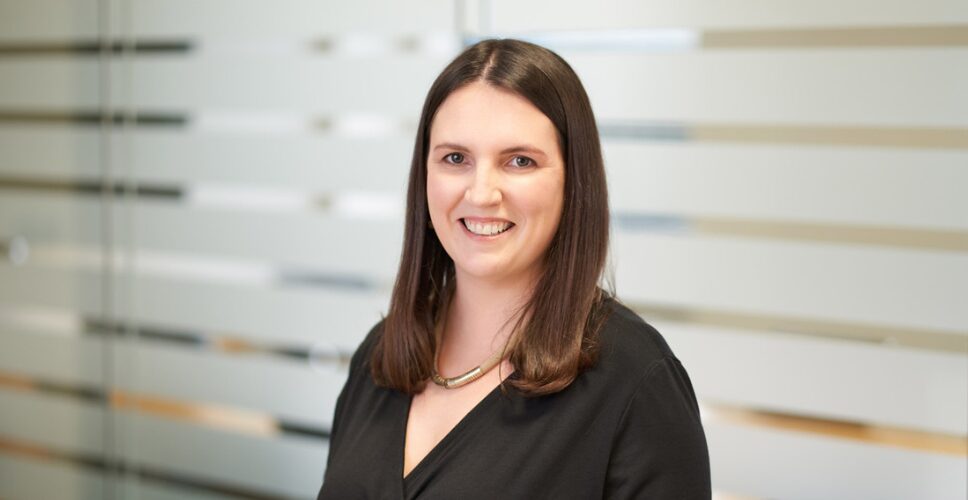
Automating the analysis of company descriptions and performance has reduced the time spent on reviewing potential leads by 80%, freeing up analysts' time for more in-depth research. Suzanne highlights that ECI has seen an eight-fold improvement in converting companies reviewed into quality leads when compared with our previous Companies House search approach.
While Suzanne discusses the benefits of using Amplifind in deal sourcing, she also identifies the impact it’s had on investors. Essentially investors want a track record and nothing trumps that she explains. But they also want to look forward and know that private equity firms have a coherent, repeatable model, and Amplifind demonstrates ECI have excellent central management and a robust process for triaging the hundreds of potential deals we see every year.
For a more detailed exploration of ECI's innovative approach to deal origination with Amplifind, and learn more about how it's harnessing technology to gain a competitive edge, read the full Real Deals article here.
News
03/04/2024
Read Time: Min
Suzanne Pike’s Real Deals Amplifind Q&A
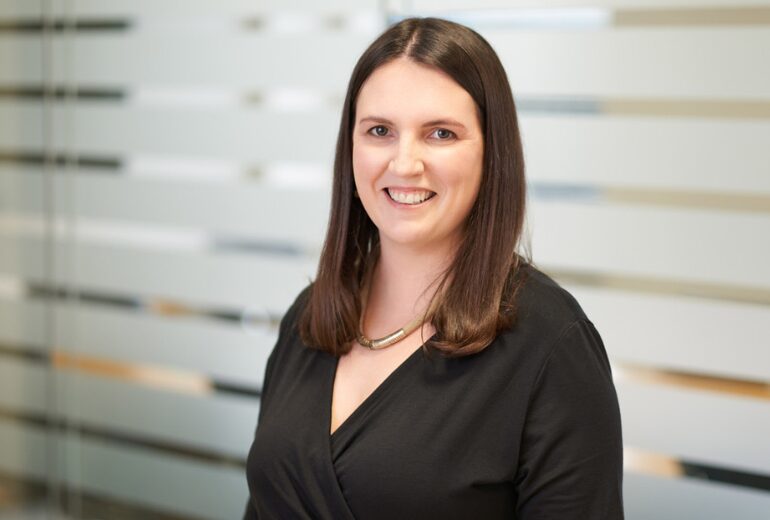
Moneypenny has announced that it is further extending its services in the US with the acquisition of Sunshine Communications Services.
Sunshine is an award-winning provider of bilingual (English and Spanish) call management solutions to businesses of all sizes, ensuring they run smoothly 24 hours a day, 365 days a year. Based in Florida and founded in 1975 by the Gross family, the company is dedicated to representing clients’ business in providing customised services across a variety of industries.

Moneypenny's US operation is HQ'd in Atlanta and the company employs over 1,000 people globally, delivering virtual receptionist and phone answering services, live chat, switchboard, fully outsourced customer service teams and a host of AI and technology-enabled services handling over 20 million calls and chats annually for thousands of businesses, from sole traders to multi-national corporations.
The company has ambitious growth plans, and this acquisition will take the US business to a third of the Moneypenny Group turnover. Demand for its services is growing at a significant rate as businesses continue to look at ways to improve how they interact with their customers, by blending technology solutions with highly skilled personal assistants to maximise operational efficiencies.
News
26/03/2024
Read Time: Min
Moneypenny announce US acquisition, Sunshine Communications

We’re delighted to announce our partnership with homeless charity Glass Door. Based in London, Glass Door provides night shelters for anyone who needs them during the coldest months of the year (Nov – April), offering a safe place to sleep and a nutritious meal, across the London boroughs of Hammersmith and Fulham, Kensington and Chelsea and Wandsworth - including the only women’s shelter in London.
Their shelters are open to all and not only provide a refuge, but also a route out of homelessness with the Glass Door casework service operating year-round, including having caseworkers at each shelter. The caseworkers get to know each individual “guest” and create a tailored plan to help them on their journey out of homelessness. They provide dedicated one-to-one support – liaising with other organisations to secure accommodation, help open a bank account, access healthcare or receive benefits (amongst other things).
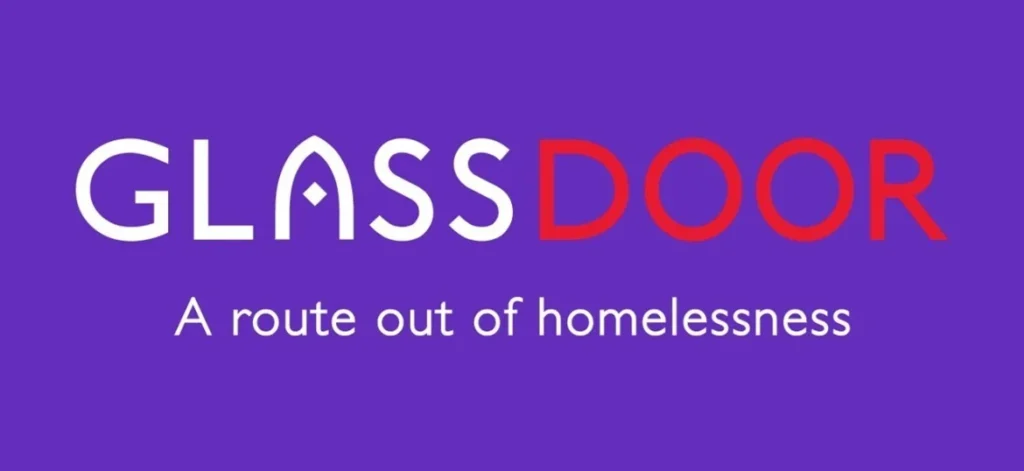
Homelessness is a growing problem, especially in London - between October & December last year, 4,389 people were seen sleeping rough (up 23% on the previous year) - and we are looking forward to working with Glass Door over the coming months to raise funds for this essential cause.
You can find out more about Glass Door and how they’ve helped hundreds of individuals receive one-to-one support, move into permanent housing and much more by visiting their website: https://www.glassdoor.org.uk/
News
20/03/2024
Read Time: Min
Glass Door, ECI’s new charity partner

The Internet of Things (IoT) has come a long way since its first use case in the 80s when students at Carnegie Mellon University used IoT to check stock in a Coke vending machine. Now, 25 years after the term was coined by Kevin Aston while he was at P&G, there are predicted to be 17bn connected devices this year (double that of 2019) and nearly 30bn by 2030.
But what does the future hold? ECI partner, Paul McCreadie, looks at a few examples of trends and scenarios poised to impact our lives.
The evolution of medicine
IoT is revolutionising healthcare. By offering remote monitoring, early disease detection, and personalised treatments, the global IoT healthcare value is expected to reach $960bn in 2030, up from $280bn in 2021. Smart devices tracking health vitals, sending data to healthcare professionals, enabling proactive interventions and precision care are going to be a critical development in managing an ageing population. Singapore is leading the field having digitised their healthcare system to tackle the challenges created with 47% of the population due to be over 65 by 2050.
Connected cities
Urbanisation is booming. With 68% of the world’s population expected to live in cities by 2050, smart cities are emerging as a powerful solution for environmental sustainability to keep pace. In NYC travel time has been reduced by 10% through using sensors, smart signalling and pass readers. In Europe, Amsterdam is way ahead of the game with 170 connected initiatives to drive its carbon-neutral status and helping the city achieve a near 100% recycling rate. With the vast majority of cities only in the early stages of connectivity, it's expected that the global city market size will reach $827bn next year.
Vehicle-to-vehicle communication
It’s no surprise that self-driving cars and connected vehicles promise to transform transportation. Unlike humans, vehicles don’t fall asleep, get distracted or frustrated so the impact (excuse the pun) of vehicles monitoring hazards and the direction / speed of traffic to prevent accidents, optimising traffic flow and reducing congestion is huge.
But it might not all be good news. BMW recently announced customers could pay a monthly fee to unlock heated seats and Mercedes are offering an online subscription service that will enable some vehicles to accelerate faster!

Security, privacy and customer trust
As our world becomes increasingly connected, concerns about data security and privacy are rising, with KPMG research showing 86% of people see data privacy is a growing concern. Hackers are getting smarter (32% of UK businesses experienced a cyber attack last year), and the sheer volume of data collected means greater security is needed. With consumers’ willingness to share data directly dependent on how much they trust an organisation, robust security measures, transparent data practices, and a commitment to user privacy will be essential.
Monetising data
Connecting devices is just the first step. The smart money lies in harnessing the data they generate. Open banking in the UK is a good case in point. After a good start in the UK, it’s lost momentum due to inconsistent performance, limited protection and lack of brand awareness, meaning the promised revolution has failed to materialise.
This is where the convergence of AI, generative AI and machine learning will create real IoT value. Imagine a healthcare specialist able to recommend medical interventions, prescribe drugs or provide a tailored recovery programme based on real-time information collected from a number of devices. Capitalising on the monetary value of this type of scenario is why we’ll see IoT continue to mushroom.
The last word
The future of IoT is exciting. The explosion of data, evolving technologies, and ever-present security threats will undoubtedly shape its trajectory. One thing is certain though, whatever we predict now is unlikely to be what happens in the next 25 years. Though hopefully we won’t have to pay additional fees to drive faster, and on warmer seats, in our self-drive cars!
Insights
19/03/2024
Paul McCreadie
Read Time: Min
25 years of the Internet of Things: What’s next?

In our final conversation with Welsh rugby and British Lions star, Jamie Roberts, he discusses some of the key elements that create great teamwork at the elite level of sport- all of which are highly transferable and relevant to management teams in business scenarios.
Keep it simple, focus, focus, focus
I always really admired Shaun Edwards when he was the Welsh defence coach. He had an incredible way of simplifying what is quite a complex game, and I think that’s hugely important when focusing a team’s performance and driving optimum output.
Mid-week, before say an England game, he’d pull out this shoddy bit of paper from his pocket with three bullet points on it, and it would just be (for example) 1. Line speed, 2. Make sure you work hard around the corners and number up correctly, and 3. Watch their kick / chip chase. That was it.
He’d obviously done hours and hours of analysis, combing footage and reviewing the opposition, but he knew that in the heat of the battle, in the 70th minute, you can’t remember ten things. You can’t have loads of stuff on your mind. You need to anchor down on two or three things, so you remember what’s core, what’s important. I believe that focus is key when steering any team to success. As a leader, you need to do your homework, distil everything down to the few core elements and communicate those clearly and frequently.

Getting clarity on roles
One phrase I used to hear all the time was ‘you have to enjoy this’, and it would really frustrate me when people said it before a game. Because you shouldn’t have to try and enjoy something, you either do or you don’t. What creates great teamwork is building an environment that everyone automatically enjoys.
In my experience, this is where clarity of roles plays an important part in any team. I was always asking questions, so I specifically understood my role and, when I was defence captain, always challenged other team members to make sure they knew theirs as well. I also encouraged and expected to be challenged as it helps reinforce clarity. My advice is to have those little conversations to make sure everyone has complete clarity of their role and what’s expected of them. Then you’re creating an environment where there’s no ambiguity helping the team enjoy what they’re doing.
Adaptability & fitting in
I remember when I first trained with Cambridge University, straight after playing South Africa in the 2015 World Cup quarter-final. Looking back, I loved Cambridge, really loved the people, teammates and the experience, it was great. It was obviously very different to a professional environment; people arrived late for training (because they had lectures), wore mismatched kit (from their colleges) and the standards in training were a world apart from what I’d experienced just a few weeks prior. It was the complete opposite of what I was used to.
And you know, the standards you walk past are the ones you’re willing to accept, so, feeling somewhat frustrated, I went on the offensive to try and motivate them and I remember vividly the team Captain approached me after training one evening asking me politely to ‘tone it down a bit’ - fair play to him. It was simply an ask to approach my messaging a bit differently - a challenge to adapt better to those around me. I often felt the same frustration during my time at Racing Metro in Paris where the French are much more laissez-faire in their approach and certainly different to what I was accustomed to.
So you have to quickly learn that you often can’t fight it. To be an effective team leader (and player) you need to respect those feelings and adapt accordingly – in this example, I wasn’t going to change the way people approach their rugby at an established club, regardless of my perspective. The moment I embraced that contrast, it became a really beneficial learning tool as I allowed myself to reflect differently on past experiences and challenge my own traditional methods of thinking. I don’t think that applies just to sports teams, I think adaptability and mental flexibility are key to any team dynamic.

Creating a framework
As I’ve mentioned before, rugby teams are made up of all sorts of different people, who have different backgrounds, motivations and personality types. To manage this, the best leaders I’ve worked with set the ground rules and create a loose framework that has to be adhered to. The framework (in rugby) often defines the social boundaries – behaviour, curfews, alcohol etc - that everyone has to operate within.
Leaders had the discretion to stretch those frameworks for certain individuals where necessary, but there has to be that framework. There’s no right way or wrong way, because remember at the end of the day, the result is all that matters. But there have to be non-negotiables and if a player doesn’t adhere, they have to face certain consequences, otherwise, the framework falls apart and the discipline of the team does too.
In my experience, frameworks that were co-created (often without coaches' involvement) are the ones that worked best, as opposed to operating under a dictatorship. When everyone’s involved in setting the rules they’re more likely to respect them.
Insights
12/03/2024
Read Time: Min
The building blocks for great teamwork: Insights from British Lion, Jamie Roberts
